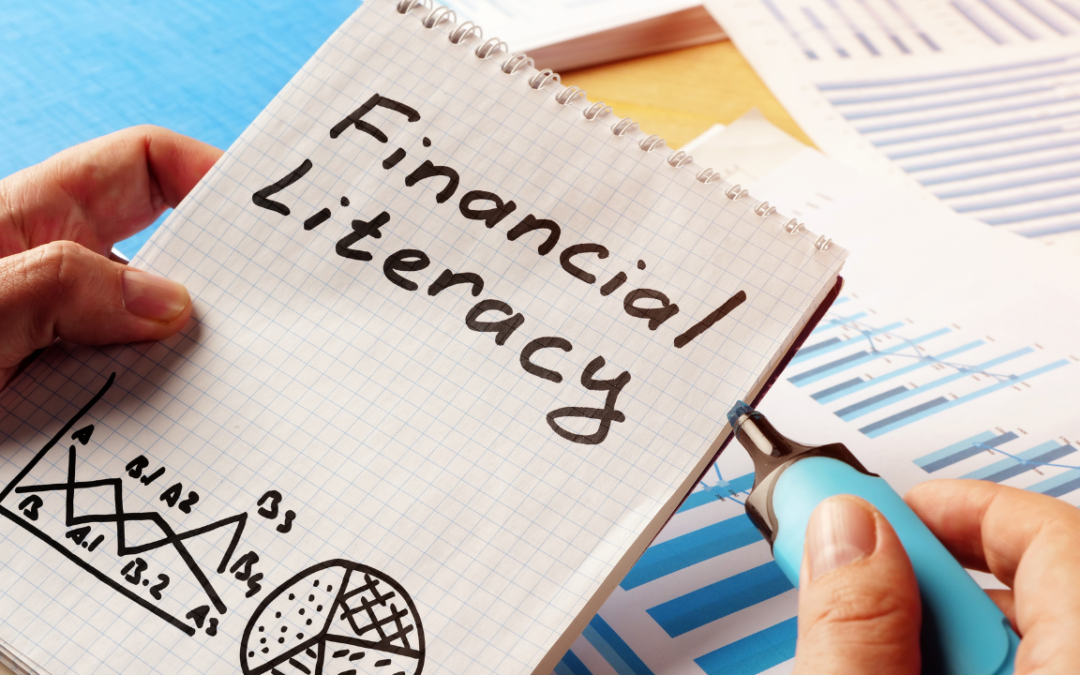Financial literacy for teens is an essential topic that often gets overlooked in traditional education. However, with the increasing complexity of the modern financial landscape, it has become more important than ever to equip teenagers with the knowledge and skills they need to make informed financial decisions. In this blog, we will explore practical lessons and tools that can help in teaching teens about money, setting a strong foundation for their future financial well-being.
Market Research and Insights
Before diving into the practical lessons and tools, let’s take a look at some market research and insights related to financial literacy for teens. According to a survey conducted by [source], only [percentage] of teenagers feel confident in managing their money. This indicates a significant gap in financial education and highlights the need for comprehensive programs that address this issue.
With the rise of digital transactions and online banking, teenagers are increasingly exposed to a wide range of financial products and services. However, without proper guidance, they may struggle to understand concepts like budgeting, saving, investing, and avoiding debt.
Practical Lessons for Teens
To address the lack of financial literacy among teens, practical lessons can be incorporated into their education and daily lives. One effective approach is to introduce basic financial concepts in a relatable and engaging manner. For example, using real-life scenarios and interactive activities can help teenagers grasp the importance of budgeting, saving, and understanding the value of money.
Teaching teens about the significance of credit scores, interest rates, and the implications of debt can empower them to make responsible financial decisions as they transition into adulthood. By integrating these lessons into school curriculums or offering extracurricular workshops, educators and parents can play a pivotal role in shaping the financial mindset of teenagers.
Tools for Financial Education
In addition to practical lessons, leveraging technology and digital tools can enhance the financial education experience for teens. Mobile apps and online platforms designed specifically for young individuals can provide interactive simulations, budgeting tools, and educational resources that make learning about money management more accessible and engaging.
Partnerships with financial institutions and community organizations can facilitate workshops, seminars, and mentorship programs aimed at improving financial literacy among teens. These initiatives can offer hands-on experiences, expert guidance, and networking opportunities, all of which contribute to a comprehensive understanding of financial concepts.
Branding and Advertising Strategies
When promoting financial literacy for teens, it is crucial to develop effective branding and advertising strategies that resonate with this demographic. Utilizing social media platforms, influencers, and targeted digital campaigns can help raise awareness about the importance of financial education and drive engagement among teenagers.
Teaching teens about money requires a multifaceted approach that combines practical lessons, digital tools, and strategic branding efforts. By addressing the need for financial literacy and equipping teenagers with the necessary knowledge and skills, we can empower the next generation to make informed financial decisions and secure their financial well-being.


